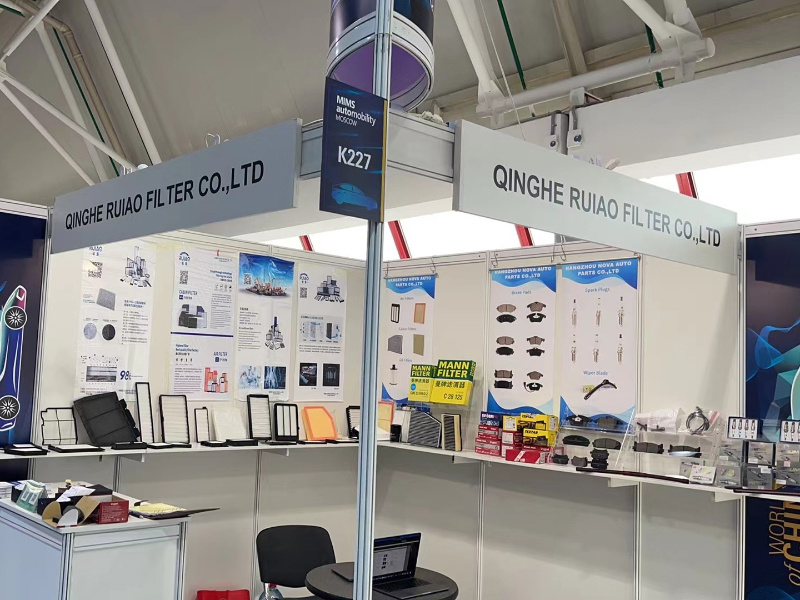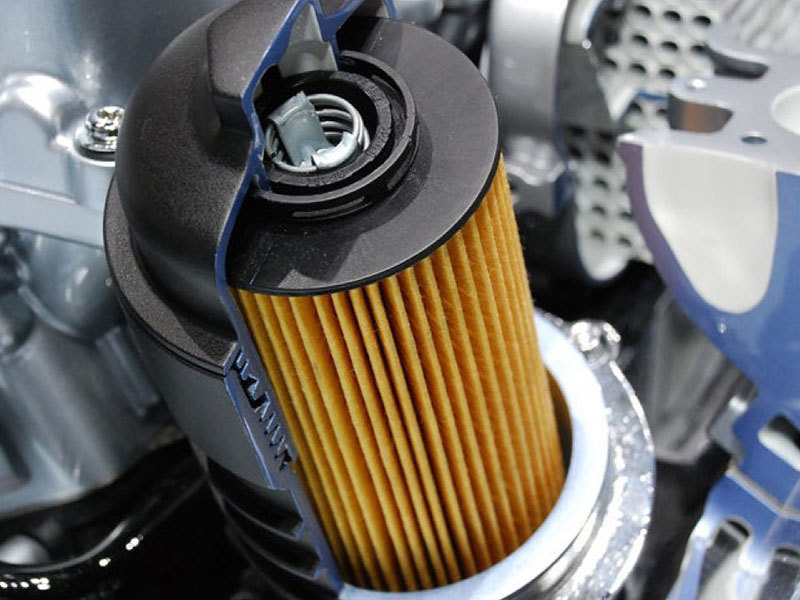How to tell if it’s time to replace the air filter
One of the best ways to know when to replace the air filter is to check it. This process is straightforward for most vehicles:
1.Pop the hood and locate the air filter housing. It’s often in the front corner of the engine bay.
2.Open the air filter housing. Some vehicles use a simple latch you can flip down with your hands, while others use screws or fasteners to secure it. You might have to remove covers or heat shields first.
3.Take out the air filter and see if it is dirty. Most filters start white and should be clean-looking when in ideal condition.
If your air filter is visibly dirty, caked with dirt, or clogged, it’s time to replace it. It’s also time for a replacement if the air filter seal cracks or if there is visible sand or dust in the air filter box.
Another way to know when it’s time to change out your air filter is using the manufacturer’s change interval, usually provided in miles or kilometers. Your owner’s or service manual should list the recommended interval for changing the air filter. Also, after a replacement is installed, the autobody shop will put a sticker under the hood indicating when it was replaced, with a date for when you should replace it again.
Following these guidelines for air filter replacement is critical, just like you would for other routine maintenance items like oil changes and tire rotations.
What are the symptoms of a dirty air filter in a car? Let’s go through some of the most common in more detail.
Reduced fuel economy, poor acceleration, or gasoline smell
Since airflow is crucial to a combustion engine, a clogged air filter will result in problematic fuel consumption and weak acceleration. You can sometimes feel the acceleration difference as your car doesn’t pick up speed as quickly, but tracking your fuel economy can also help.
You might also notice a gasoline or diesel smell. That happens because the balance of fuel and air is off, sometimes allowing unburned fuel to pass through the system. The air filter is particularly critical in diesel engines because air is heated before fuel is injected. If the filter is dirty or clogged, your vehicle will not start properly, potentially resulting in misfires that produce a distinct diesel smell.
Many modern cars have automatic systems to track fuel economy, usually provided in miles per gallon (mpg). The precise way these systems calculate mpg can differ, but many use extended averages rather than exact measurements.
To monitor your fuel consumption rates closely, you can use online tools or manually track them by following these steps:
1.Fill your fuel tank completely and take note of the odometer’s reading. If your vehicle has one, you can reset the odometer’s trip meter to make it easy.
2.After driving a significant distance, fill up your fuel tank completely again. Take note of how many gallons go into the tank during this refill and how many miles you’ve driven since the last refuel.
3.Divide the number of miles (or kilometers) by the number of gallons (or liters) to get mpg (kpl).
The mpg can change based on driving conditions. Highway driving usually consumes less fuel than stop-and-go driving. But after you account for these differences, your vehicle’s mpg should stay relatively constant.
If it has decreased, that could be a symptom that your air filter needs replacement.
TAG:
Previous
Related Posts
Congratulations on the launch of our company's official website










